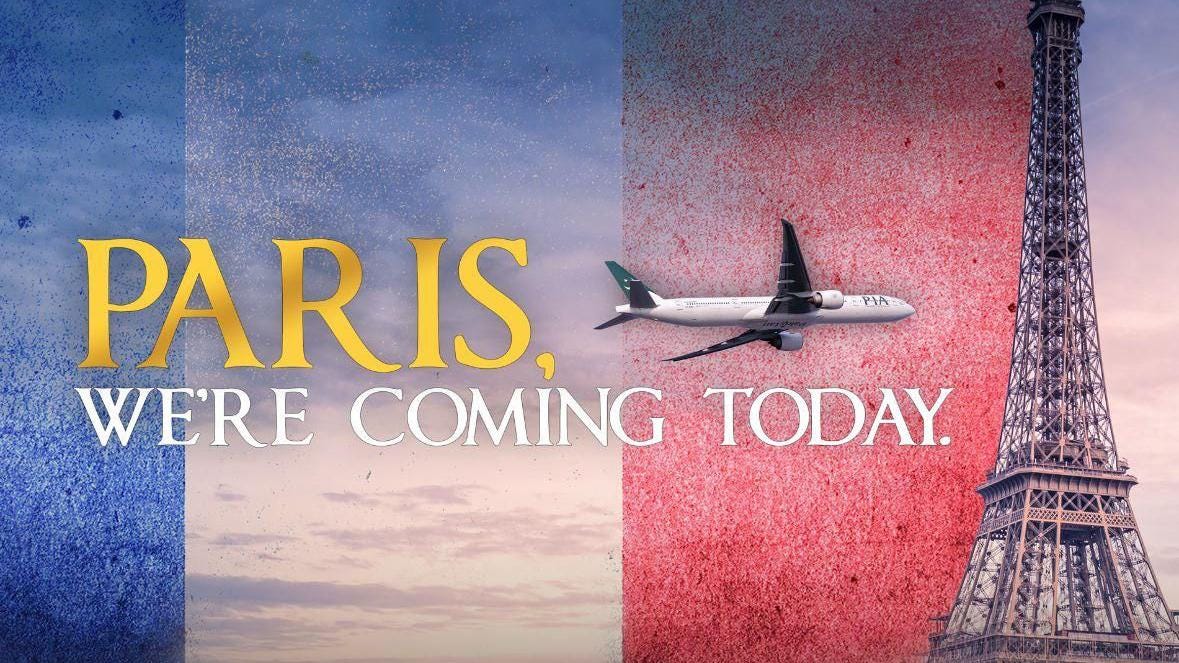Dissecting the Illusion of Profit
The PIA Restructuring and Its Real Costs
In March 2025, the Pakistani government and its corporate allies trumpeted a “turnaround” that was nothing more than a sleight of hand. Pakistan International Airlines (PIA), the country’s perennially loss-making national carrier, had suddenly returned to profitability. But this miraculous recovery wasn’t the result of operational excellence or market competitiveness, it was the consequence of a cynical financial maneuver.
Rather than restructure the airline to improve its services, modernize operations, or streamline bloated staffing, the government simply repackaged its liabilities to make the airline appear profitable on paper. It’s an illusion, a well-scripted financial theater meant to court investors and pacify lenders, with taxpayers left holding the bag.
The Anatomy of a Scam: PIA’s Bifurcation into TopCo and HoldCo
At the heart of this illusion lies a corporate sleight-of-hand: the division of PIA into two entities, TopCo and HoldCo.
TopCo, the newly formed operational company, retains all the functional aspects of the airline: its passenger services, engineering operations, ground handling, and cargo divisions. It’s been presented as a debt-free, clean slate, a seemingly healthy business entity.
HoldCo, by contrast, is a financial dumping ground. It holds the accumulated liabilities of the original PIA, PKR 825 billion, or nearly USD 3 billion in debt. This includes international loan obligations, leasing costs, outstanding supplier payments, and massive pension liabilities.
The goal of this bifurcation is clear: to present TopCo as a profitable enterprise that can be privatized, while hiding the toxic financial legacy in HoldCo. But this isn't a cure, it’s a concealment. The debt hasn't vanished; it’s merely been buried under a different label, and Pakistani taxpayers are still on the hook.
This kind of accounting wizardry might please rating agencies temporarily or smooth over IMF program benchmarks, but it doesn’t change the reality on the ground: PIA is still broken, just in cleaner wrapping.
Losses Socialized, Profits Privatized
This maneuver perfectly encapsulates the dysfunctional logic of state capitalism in Pakistan. Instead of true reform, we get creative accounting. Instead of accountability, we get obfuscation.
The billions in liabilities now parked under HoldCo are expected to be serviced or written off by the national government. This means taxpayers, already struggling under inflation, currency devaluation, and energy price hikes, will bear the cost of decades of corruption and mismanagement. Meanwhile, TopCo is being primed for privatization, likely to be sold to foreign investors or domestic cronies at a discount.
This is a textbook case of socialized losses and privatized profits. The public shoulders the risk, while private actors benefit from a rebranded, “clean” version of the airline.
And this isn’t unique to PIA. It reflects a broader systemic issue in how state assets in Pakistan are handled, where financial black holes are spun into golden opportunities for those with political access. This episode should be studied in public finance courses, not as a model of reform, but as a warning.
Operational Woes Remain Unaddressed
Even if we set aside the financial gimmickry, PIA's operational issues continue to undermine its viability. The airline is overstaffed, with tens of thousands of employees, many hired for political reasons, supporting a shrinking fleet. Many aircraft are outdated, maintenance cycles are irregular, and flight delays are routine. Customer satisfaction remains low, especially in comparison to regional competitors like Emirates, Qatar Airways, or even newer entrants like Fly Jinnah.
PIA also suffered a massive reputational blow in 2020, when it was revealed that a large number of its pilots had either fake or dubious licenses. This led to a blanket ban from European Union airspace and a sharp decline in international bookings. Although the EU lifted the ban in late 2024, scars remain, and rebuilding trust in international markets will take years.
None of these operational failures are resolved by restructuring the balance sheet. The true health of an airline is reflected in on-time performance, passenger experience, fleet modernization, and competitive fares, not in whether its debt is listed under Entity A or Entity B.
A Cautionary Tale in Political Cronyism
PIA’s story isn’t just about a failing airline. It’s a reflection of a deeper rot in Pakistan’s public sector institutions. For decades, PIA has served as a patronage factory, where hiring was done based on loyalty, not competence. Key executive posts were filled by bureaucrats with no aviation experience. Procurement decisions were made to benefit insiders, not passengers.
The TopCo–HoldCo split isn’t a solution to this culture, it’s a bandage on a bullet wound. The only long-term fix for PIA lies in complete overhauls in governance, transparency in hiring and procurement, professional management, and an end to political meddling.
Yet, the government’s primary focus is not on fixing the institution but on selling it in a form digestible to investors. That says everything.
Conclusion
The claim that PIA has returned to profitability in 2025 is not just misleading, it’s dangerous. It perpetuates the myth that superficial restructuring is a substitute for real reform. It signals to other failing public institutions that they, too, can hide behind financial engineering instead of changing how they operate.
This mirage may serve political purposes in the short term, helping the government claim “progress” to voters and creditors alike. But in the long run, the consequences will surface. HoldCo’s debt is real. The operational decay is real. And the burden will ultimately fall on the Pakistani public, once again.
For investors, the warning is clear: any public sector “turnaround” in Pakistan must be scrutinized with extreme skepticism. For the public, the danger lies in being duped into thinking the state has solved a problem when it has merely disguised it. And for policymakers, the choice remains stark: continue the charade, or finally embark on the hard road of genuine, transparent reform.
Until then, PIA’s so-called profitability will remain what it is, an illusion. A mirage shimmering in the distance, vanishing the moment you get too close.



